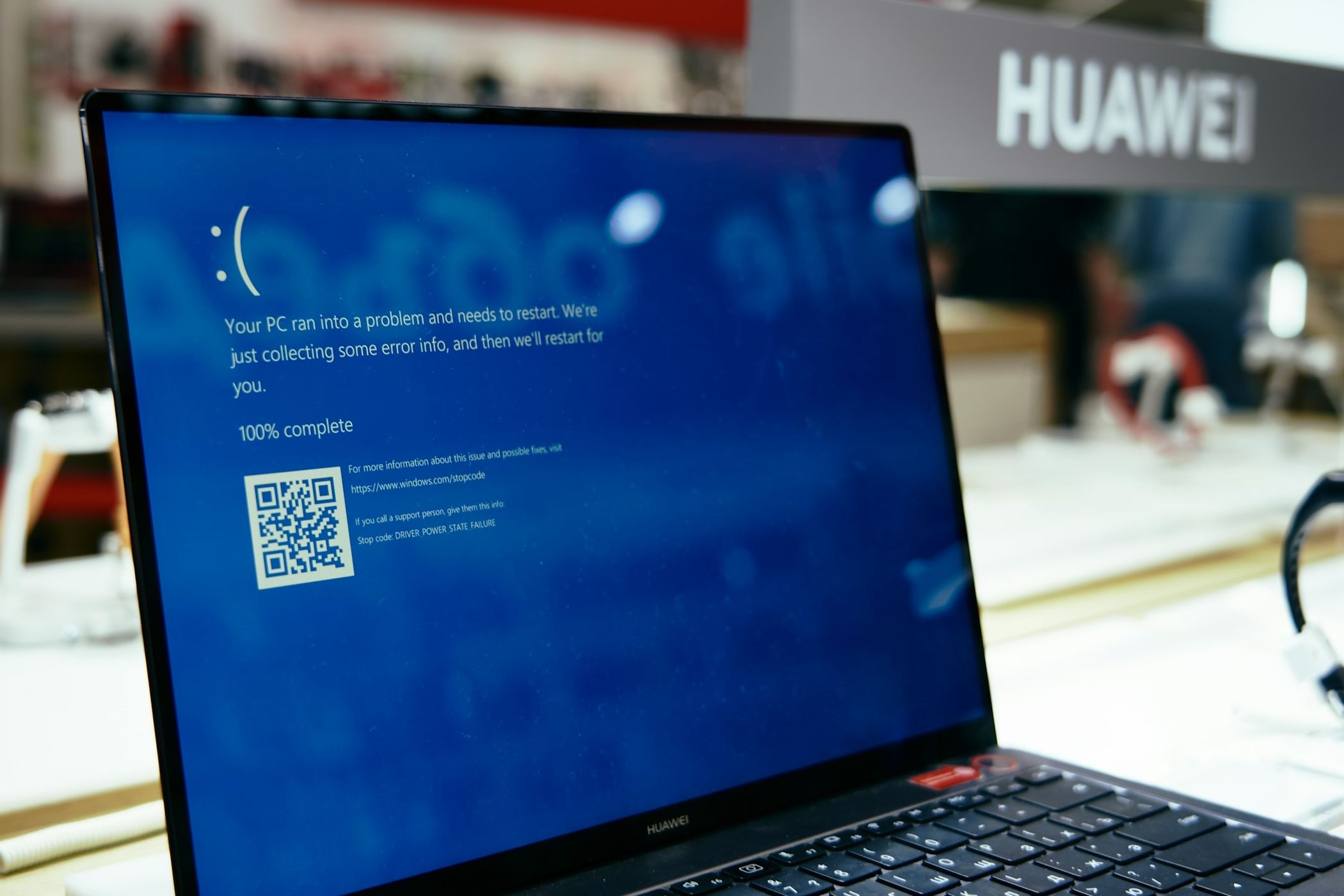Safeguarding data for the quantum era
How we can stay ahead of cyber threats in the age of AI and quantum computing.

Staying ahead of potential cyber threats is a constant challenge with ransomware, phishing and AI just a few risks organizations must guard against. But what about quantum computing?
While not an immediate threat, quantum computing is one of the most complex and far-reaching challenges on the horizon. Thanks to its ability to perform complex calculations exponentially faster than classical computers, quantum will revolutionize numerous scientific fields – including chemistry, physics, and materials science. It also poses a significant cybersecurity risk due to its ability to break modern encryption methods and expose sensitive data – with ‘collect now, decrypt later’ attacks underscoring the urgency of preparing for a future where current cryptographic standards may be rendered obsolete.
So how can we protect against the cybersecurity threat this technology poses, both now and in the future?
The cybersecurity risks posed
Current encryption protocols, such as ECC (Elliptic Curve Cryptography) and RSA (Rivest-Shamir-Adleman), either rely on the difficulty of factoring large numbers or solving discrete logarithm problems for security. However, quantum computers using advanced methods like Shor’s algorithm – which can factor large numbers faster than any other algorithm – could efficiently solve these problems, leaving traditional encryption methods vulnerable to attack.
While a sufficiently powerful quantum computer capable of breaking modern encryption is unlikely to be available within the next decade, this window is narrowing with each quantum-led innovation. The issue is, threat actors are already collecting and storing sensitive data for future decryption, highlighting the need for proactive measures to safeguard information against post-quantum threats now.
To address this demand, the global cybersecurity community is actively developing quantum-safe encryption standards. This includes The National Institute of Standards and Technology (NIST), which has spearheaded the Post-Quantum Cryptography Standardisation project. This aims to evaluate and standardize quantum-resistant algorithms, helping to pave the way for the widespread adoption of quantum-safe encryption.
Organizations in the UK are also being urged to prepare for the cybersecurity risks posed by quantum computing, with a recent report by the Information Commissioner’s Office (ICO) identifying data privacy concerns posed by the technology. The government has also established a Quantum Regulatory Forum to promote safe and responsible development. While significant progress is being made in the development of safe and secure quantum computing, specifically mitigating the cybersecurity threats is crucial. But how can this be done?
Addressing these threats
Adopting quantum-safe encryption strategies is one mitigation technique. This refers to cryptographic protocols designed to resist quantum attacks. Unlike traditional encryption, which depends on computational complexity, quantum-safe encryption is rooted in mathematical problems believed to be insurmountable even for quantum computers.
Three major approaches are already being explored, with the first being Quantum Key Distribution (QKD) – a secure way of sharing encryption keys using the principles of quantum mechanics, ensuring only the intended recipient can access the key. In cryptography terms, these entangled quantum particles or ‘qubits’ are encoded with cryptographic keys and transmitted between a sender and a receiver. If an eavesdropper attempts to intercept these particles, their quantum states will be disturbed, alerting the sender and receiver to an intruder. This ensures any attempt at unauthorized interception is immediately detected.
Despite facing challenges related to scalability, transmission distance and integration with existing infrastructure, this encryption method is already being put into practice. One example is JPMorgan Chase (JPMC), which used QKD to secure multiple high-speed virtual private networks traversing a single 100 Gbps fiber connecting data centers.
Other quantum-safe solutions include Quantum-Safe Encryption, which ensures a secure key exchange resistant to quantum attacks, and Post-Quantum Cryptography (PQC). This implements cryptographic algorithms believed to be difficult for quantum computers to solve, such as lattice-based encryption.
While these approaches offer a means of securing data against quantum computing, we must remember that adopting quantum-safe solutions and protecting data poses several challenges. Interoperability, performance impact, and backward compatibility must be considered and leaders need to carefully assess existing infrastructure and devise a roadmap for migration to quantum-resistant encryption.
The future quantum landscape
As cyber threats continue to evolve, ensuring the long-term security of sensitive information is paramount. This includes for quantum computing. While no single technology will solve this challenge alone, harnessing the power of quantum-resistant cryptographic algorithms and QKD technologies can help protect data while allowing organizations to stay resilient in the face of continued technological advancements.
We've featured the best malware removal.
This article was produced as part of TechRadarPro's Expert Insights channel where we feature the best and brightest minds in the technology industry today. The views expressed here are those of the author and are not necessarily those of TechRadarPro or Future plc. If you are interested in contributing find out more here: https://www.techradar.com/news/submit-your-story-to-techradar-pro




























































![SoundCloud latest company to hit trouble with AI clause in T&Cs [U]](https://i0.wp.com/9to5mac.com/wp-content/uploads/sites/6/2025/05/SoundCloud-latest-company-to-hit-trouble-with-AI-clause-in-TCs.jpg?resize=1200%2C628&quality=82&strip=all&ssl=1)






































































